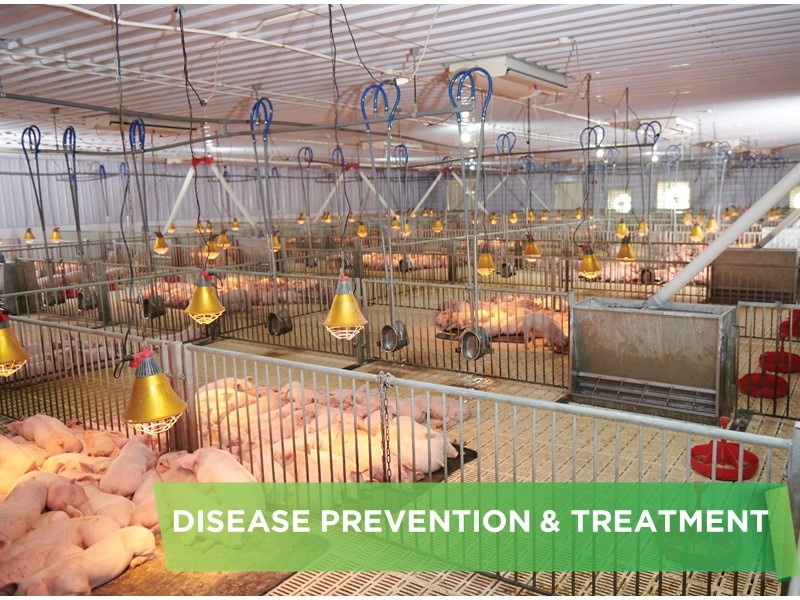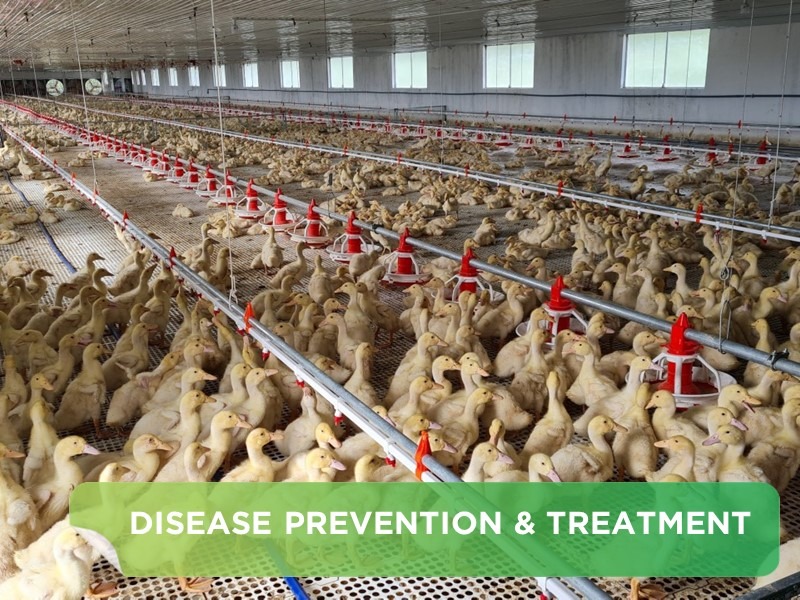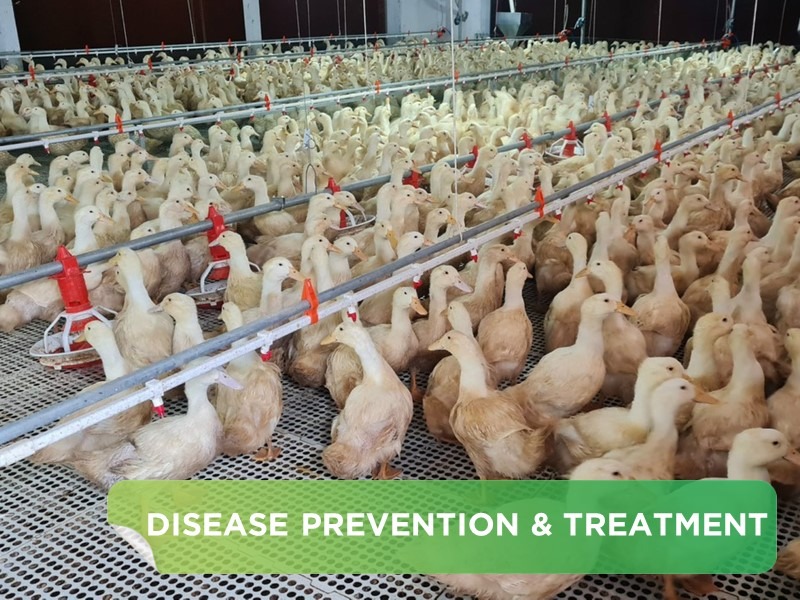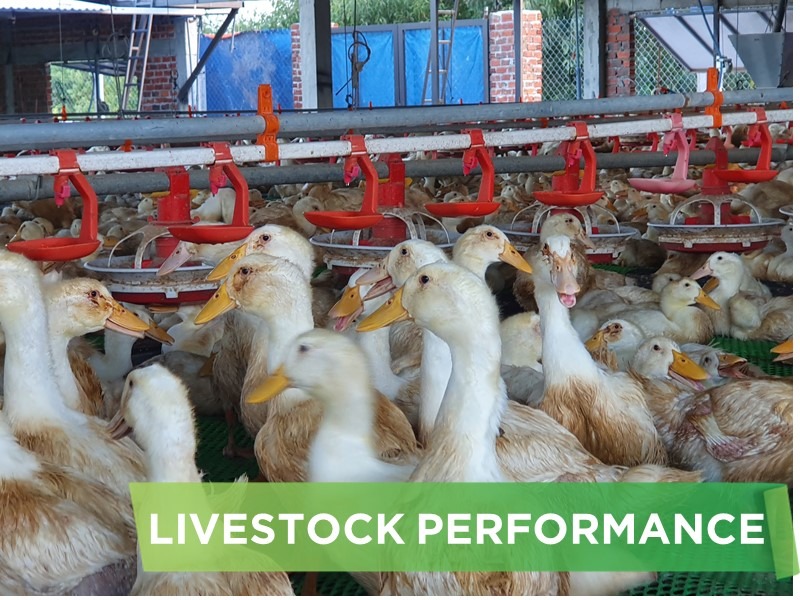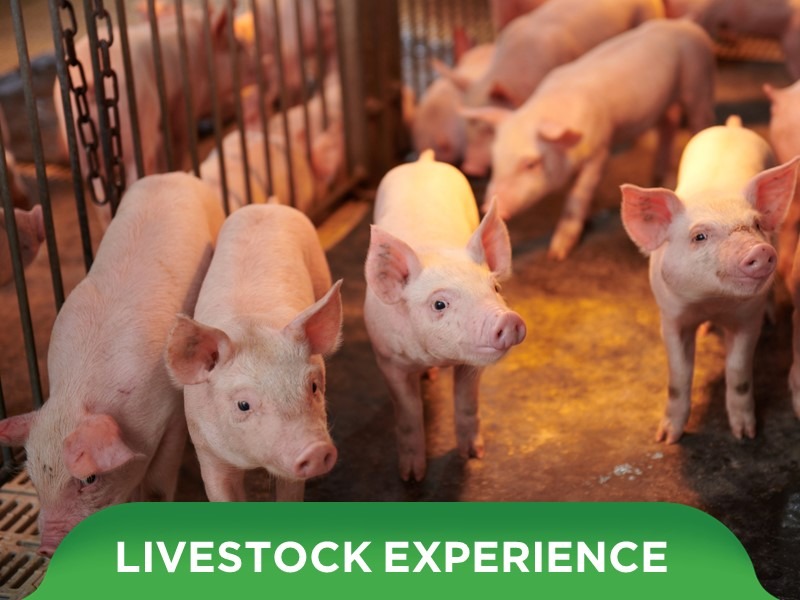At each different growth stage, pigs may encounter different infectious diseases. Having the knowledge to identify, prevent and treat common infectious diseases in pigs of different ages helps farmers confidently face and handle possible risks. From there, optimize livestock productivity.
To have knowledge and prevent diseases in pigs by age, we should first divide pigs into groups according to age as follows:
1. Adult pigs include gilts, sows and boars.
2. Piglets following their mothers are divided into 2 stages: from birth to 7 days old, from 8 days old to weaning.
3. Weaned pigs are divided into 2 stages: from weaning to 14 days after weaning and from 15 days after weaning to 70 days old.
4. Pork is also divided into 2 stages: The growing stage starts from 71 days old (11 weeks old) to 112 days old (16 weeks old), the fattening stage starts from 113 days old (17 weeks old) until the meat is sold.

Figure 1: Classification of sows in the production cycle

Figure 2: Pig breed from birth to slaughter
For adult pigs, the breeding goal is to serve reproduction, so in this article, we would like to mention common infectious diseases related to the reproductive tract and focus on female gilts and sows.
Infectious diseases in the reproductive tract of gilts and sows are often vaccinated, but the causes that need to be noted and paid attention to affect the effectiveness of vaccination make the farms often have epidemics of these diseases such as:
• Vaccine quality is affected by transportation, storage, and preparation during the injection process.
• Veterinarian vaccination techniques.
• Too many injections on gilts and sows cause abscesses at the injection sites and create "shy habits" that make immunity poor and difficult to inject pigs.
For easy recognition, GREEENFEED divides common reproductive tract diseases in sows according to clinical practice as follows:
| Clinical Symptoms | Infectious Causes |
| Delayed Estrus | 1. Respiratory diseases caused by bacteria that reduce weight gain (<550g/day) during the finishing stage, such as: Pasteurella multocida (septicemia), Mycoplasma hyopneumoniae (enzootic pneumonia), Actinobacillus pleuropneumoniae (pleuropneumonia). 2. For sows after weaning, delayed estrus is mostly due to non-infectious causes. However, note external parasites such as Sarcoptes scabiei (mange mite) when considering infectious factors. |
| Return to Estrus with Vaginal Discharge after Insemination | 1. Infectious causes include post-mating uterine infections caused by Streptococcus suis (streptococcus) and Staphylococcus spp (staphylococcus). 2. Bacterial infections can also result from unhygienic insemination procedures or poor semen quality. |
| Abortion after Insemination | 1. Viral infections causing abortion include: PRRS (Porcine Reproductive and Respiratory Syndrome), PPV (Porcine Parvovirus), ASF (African Swine Fever). 2. Bacterial causes: Leptospira (leptospirosis), Erysipelothrix rhusiopathiae (erysipelas), Streptococcus suis. 3. Blood protozoa: Trypanosoma, Eperythrozoon suis. |

Figure 3: Sows have pus after mating

Figure 4: Sow abortion after mating
In addition to diseases in the reproductive tract of adult pigs, we will also often encounter diseases in the digestive tract, including diseases caused by Lawsonia intracellularis (Ileitis). This pathogen does not have a high disease rate, spreads quickly but causes long-term smoldering and causes great damage, especially in gilts and sows.

Figure 5: Pigs with Ileitis
Piglets in this period often suffer from gastrointestinal diseases and arthritis due to the causes in the table below, but usually the bacterial pathogens are introduced from the sow, handling during care and the barn environment.
| Clinical Symptoms | Infectious Causes |
| Diarrhea in piglets from birth to 7 days old | Escherichia coli (E. coli diarrhea) infection from sow’s milk due to MMA syndrome in sows, or from bacteria in the pigpen environment. |
| Diarrhea in piglets from 8 days old to weaning | Escherichia coli (E. coli diarrhea) infection from sow’s milk due to MMA syndrome in sows, or from bacteria in the pigpen. Clostridium (Clostridial diarrhea) from sow feces or contaminated environment. Swine coccidiosis (Coccidial diarrhea) from sow feces containing coccidia or contaminated environment. |
| Arthritis in piglets from 8 days old to weaning | Streptococcus suis (streptococcus), Staphylococcus spp (staphylococcus) infections caused by cuts on joints, teeth clipping, or tail docking. Haemophilus parasuis (Glässer’s disease) transmitted horizontally from the sow or from the environment. |

Figure 6: Piglets with diarrhea following their mother

Figure 7: Piglets with arthritis following their mother
Weaned pigs will live independently from the time they are separated from their mothers, meaning they will get food completely from the outside. In the 14-day period after weaning, weaned pigs are most stressed due to environmental influences such as temperature, food, water, and cages.
In the first 14 days after weaning, common infectious diseases are gastrointestinal diseases. In the later stages, they are mainly respiratory diseases, arthritis, and neuropathy..
| Clinical Symptoms | Infectious Causes |
| From weaning to 14 days after weaning Diarrhea, neurological symptoms |
- Escherichia coli (E. coli diarrhea) due to feed intake during this unstable period and the overgrowth of existing intestinal bacteria disrupting the balance, leading to diarrhea. - Salmonellosis (Salmonella infection) from contaminated environment or drinking water. - Escherichia coli (edema disease) due to feed intake during this abnormal stage. |
| From 15 days to 70 days after weaning Pneumonia, arthritis, neurological symptoms |
- Pneumonia, arthritis, and neurological symptoms caused by Streptococcus suis (streptococcus) and Staphylococcus spp (staphylococcus). - Pneumonia caused by Mycoplasma hyopneumoniae (enzootic pneumonia). - Pneumonia and arthritis caused by Haemophilus parasuis (Glässer’s disease). |

Figure 8: Weaned pig with diarrhea

Figure 9: Weaned pigs with arthritis and pneumonia

Figure 10: Weaned pig with neurological symptoms
For pigs in the growing stage, this period of rapid growth, common infectious diseases are causing the herd to divide in weight such as respiratory and digestive tract. As for the later stage, the fattening stage mainly focuses on acute respiratory tract and dysentery.
| Clinical Symptoms | Infectious Causes |
| Grower pig stage (11 to 16 weeks old) | Diarrhea caused by: - Salmonellosis (Salmonella infection) - Blantidium coli (Blantidium-associated diarrhea) Respiratory disease caused by: - Mycoplasma hyopneumoniae (enzootic pneumonia) |
| Fattening pig stage (17 weeks old to market age) | Diarrhea caused by: - Lawsonia intracellularis (Ileitis – inflammation of the ileum) Respiratory disease caused by: - Actinobacillus pleuropneumoniae (pleuropneumonia) |

Figure 11: Fattening pigs with APP

